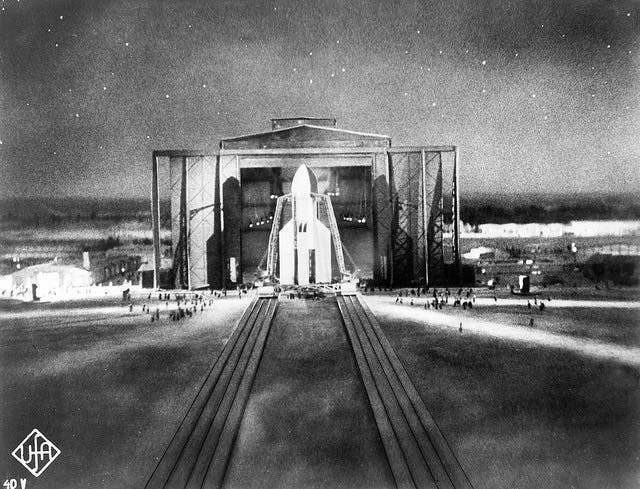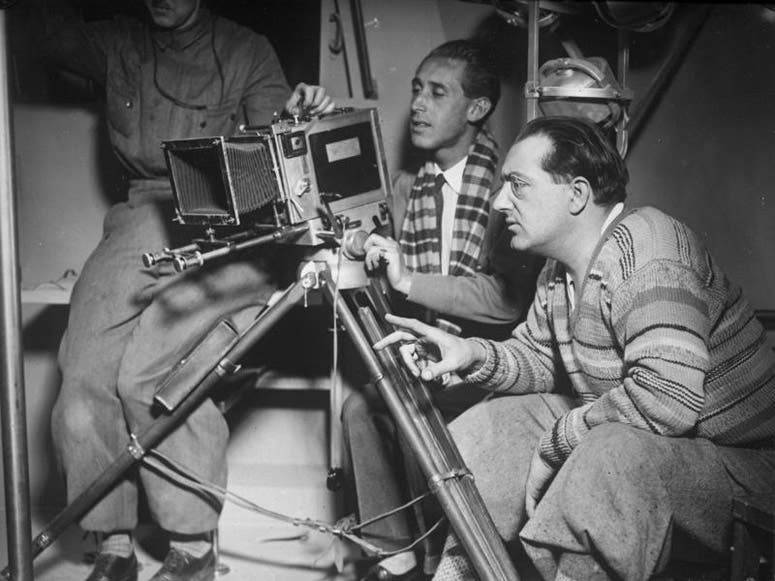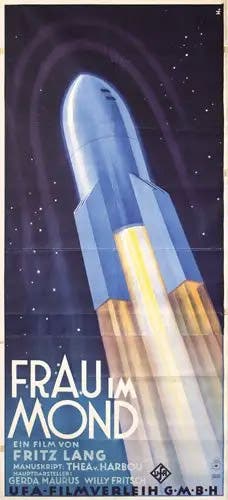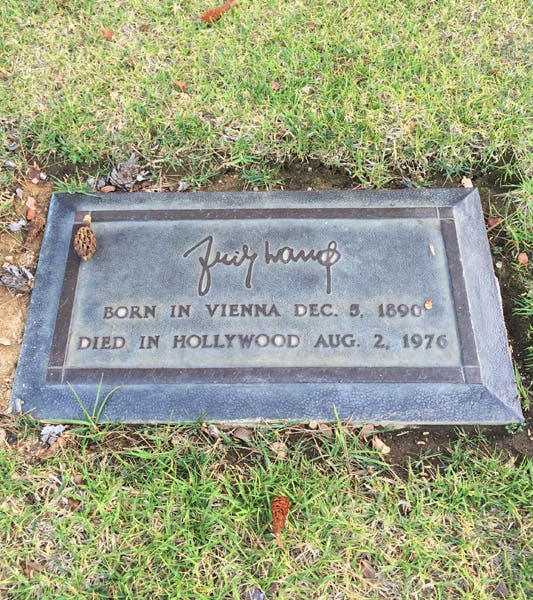Scientist of the Day - Fritz Lang
Fritz Lang, an Austrian film-maker, was born Dec. 5, 1890. Lang is best known for two iconic films, Metropolis (1927) and M (1931). But today we celebrate his contribution to the filmography of space flight, a movie called Frau im Mond (1929), known in English-speaking countries as Woman in the Moon or By Rocket to the Moon. It is often considered the first science-fiction film; and the first film about space flight, although one should not forget that Georges Méliès accomplished both feats nearly thirty years earlier, even if his films were basically just short sequences of special effects. Lang hired as consultants the two foremost German authorities on rocketry, Hermann Oberth and Willy Ley, and these experts apparently told Lang what a rocket launch would look like, although Oberth, at least, had never launched a rocket himself. The rocket in the film is a multi-stage affair, which seems to make Lang into some kind of futurist, but it is launched from under water, which reminds us that sometimes futurists just get lucky.
The plot of the film is somewhat convoluted, involving schemers who want to get their hands on the gold that an elderly scientist predicts can be found on the far side of the Moon, and there is even a love triangle that is resolved in a clever manner at the end of the film. The modern viewer will mostly be interested in the depiction of the launch, and in the portrayal of the effects of space travel on the passengers, which include the old scientist, the two men of the love triangle, the Fräulein who is the focus of their attentions, a bad guy, and a stowaway boy. It is interesting that there are no spacesuits anywhere in sight – the rocket has its own air supply, and the Moon – fortunately – has a breathable atmosphere.
The film is just under 90 minutes long in the German original; English versions have been released over the years, the latest (2014) clocking in at almost 2-and-a-half hours. I am not sure what accounts for the extra length. There are many short clips on YouTube that will give you the flavor of the film, which for most of you, will be quite enough. Here is a 3-minute clip that shows the landing on the Moon. And I rather like this version of the film's trailer, which has a driving musical score by a New Age composer identified only as IOKOI, which quite fits the action of the film, and in several slow spots actually provides the action. You will no doubt agree that the heroine, Friede (also the name of the ship) is breath-taking. But the trailer does give away the bit-of-a-surprise ending, so be advised. If you have more stamina, here is a ten-minute clip that shows mostly the launch sequence. And if you would like to see the entire film, or sample it on your own, an English version, for the moment, is available in its entirety on YouTube.
The script for Frau im Mond was written by Lang's wife at the time, Thea von Harbou, who also wrote the 1928 novel on which her script was based. The film went far over budget (which was admittedly modest) and it was not a great success at the box-office, since it was a silent film, and the public was clamoring for the new talkies. Nevertheless, in hindsight, it was a very impressive piece of filmmaking, considering that it had no precedent except for the short films of Méliès. Lang moved to France when M (1931) got him in trouble with the new Nazi regime, and then to Hollywood, where he had great success as a director. Lang died in 1976, at the age of 85, and is buried in Forest Lawn Cemetery in Hollywood Hills (fourth image).
William B. Ashworth, Jr., Consultant for the History of Science, Linda Hall Library and Associate Professor emeritus, Department of History, University of Missouri-Kansas City. Comments or corrections are welcome; please direct to ashworthw@umkc.edu.










